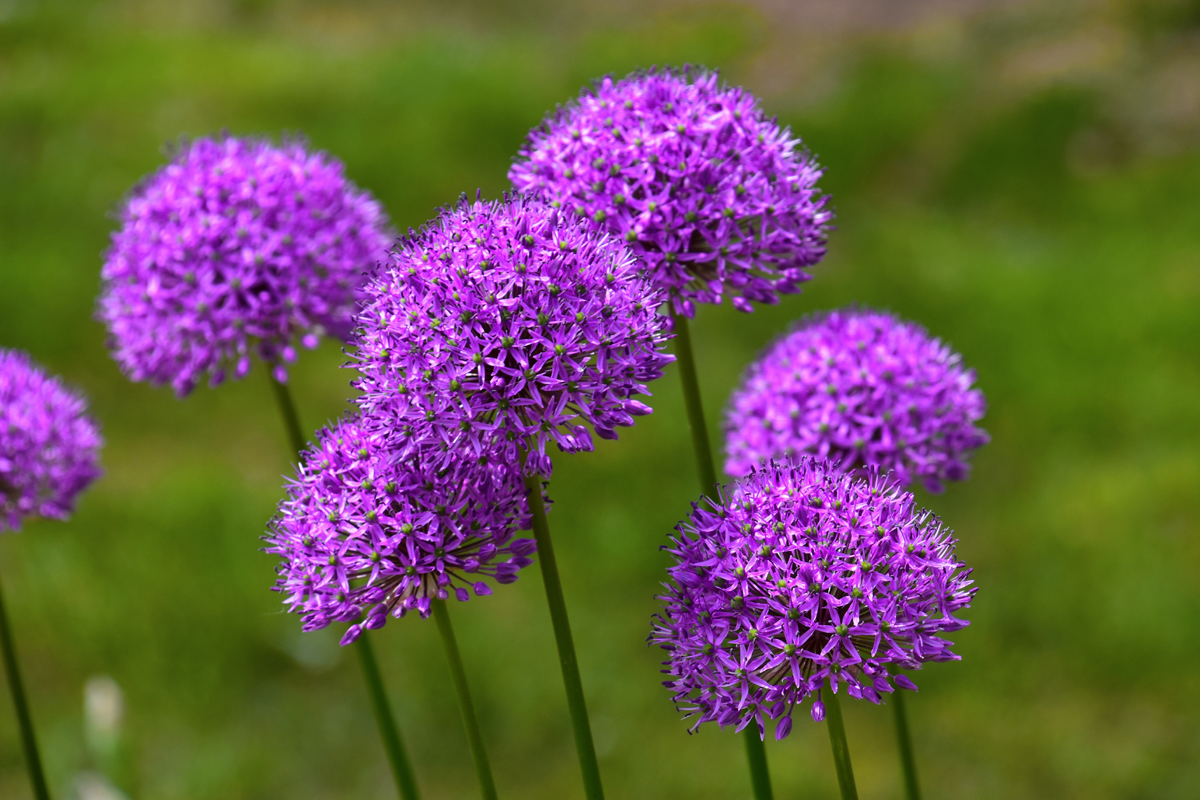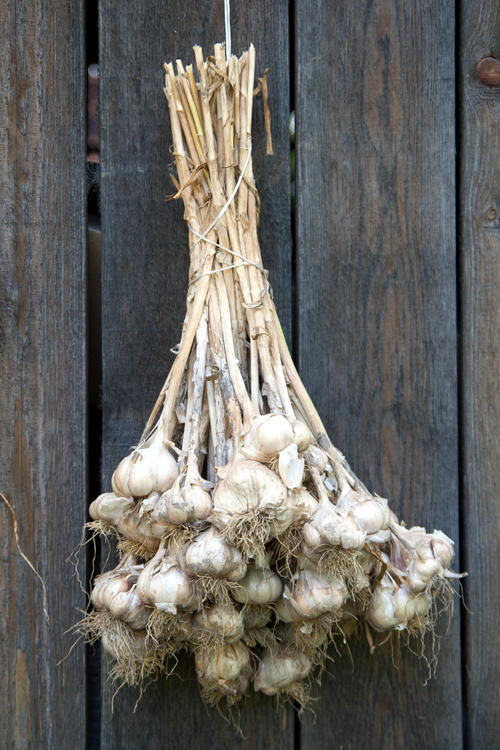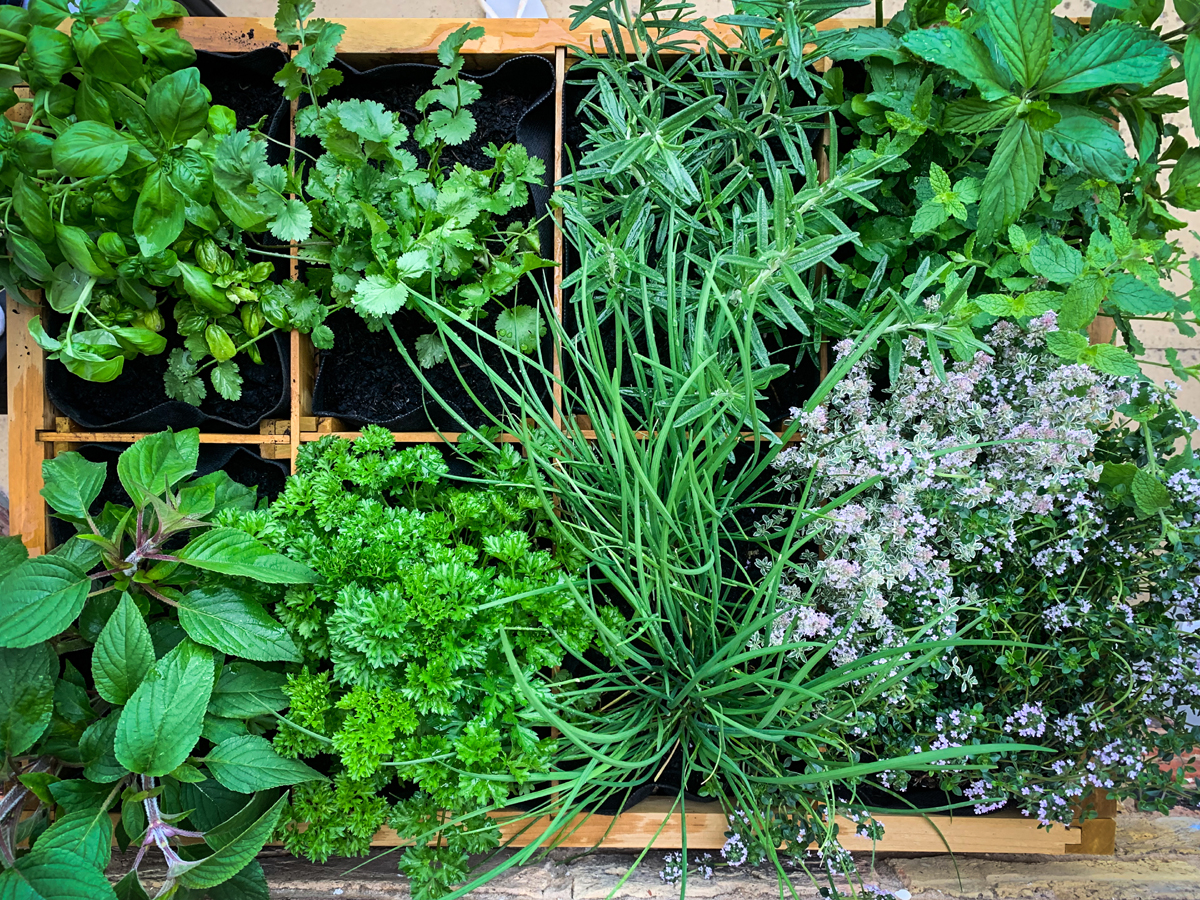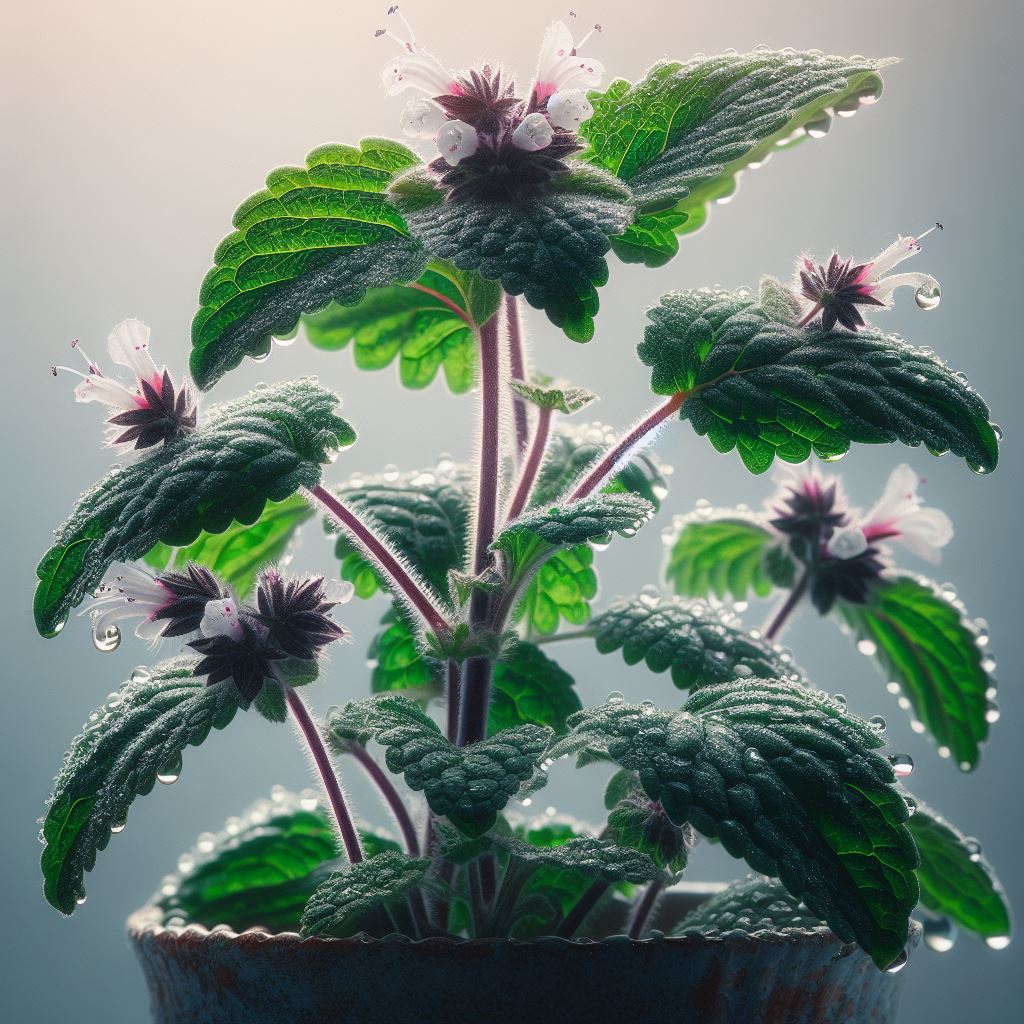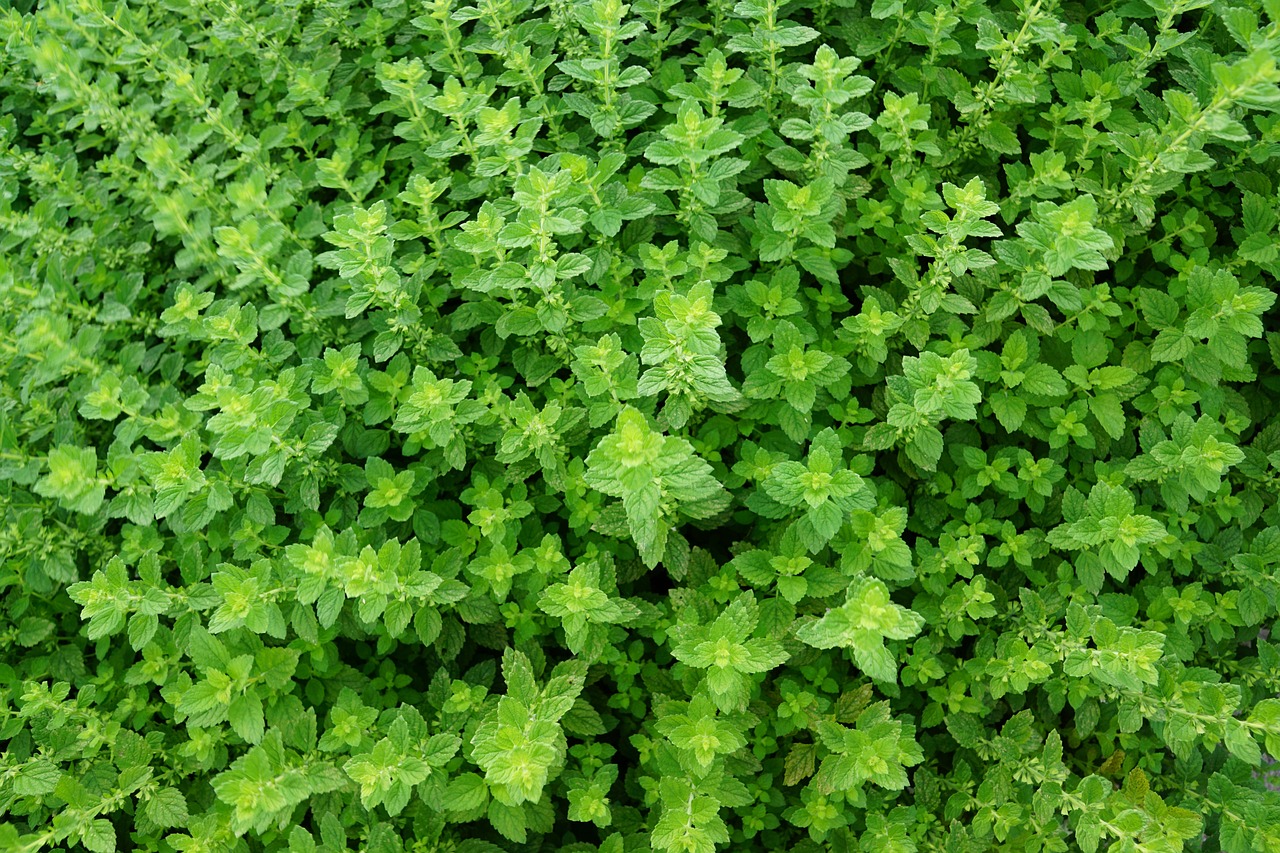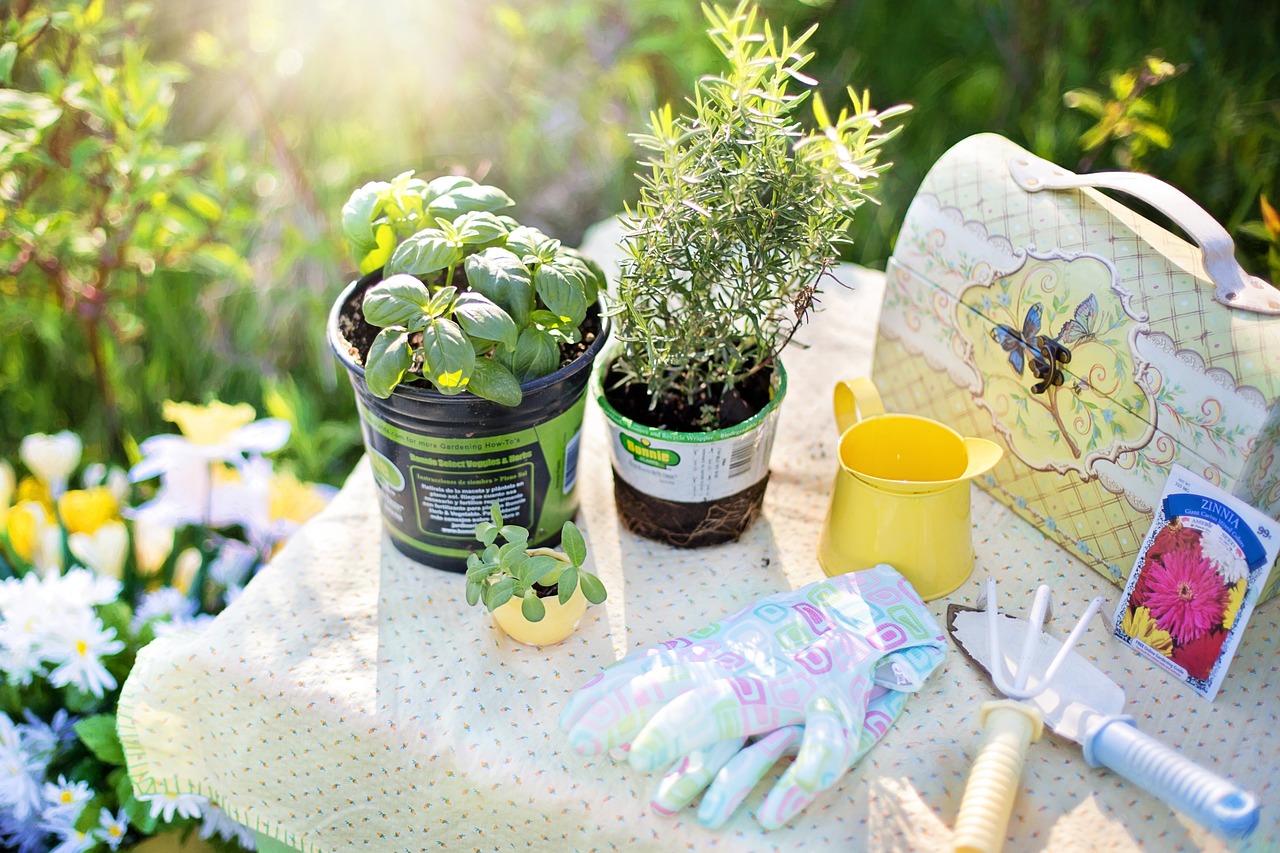Garlic is an All-in-one Vegetable, Herb and Medicinal Remedy

In Mediterranean countries it is the most popular spice used for culinary purposes. Garlic cloves (Allium Sativum) are great for seasoning roasts and, of course, Italian pasta dishes, eaten whole, or as garnish instead of chives. To avert bad breath, chew some fresh parsley after your meal, or only mix with folks who also enjoy garlic as you do.
The main ingredient that gives garlic its pungent smell is the sulphuric oil, allicin, which is a natural antibiotic. In addition, garlic contains Vitamins A, B and C and other components which improve oxygen circulation in the body’s cells.
This easy-to-grow crop is a must in every garden because of its varied uses. It belongs to the same family as onions and leeks. The ideal time to plant garlic is at the end of February or beginning of March, although it can be planted in spring if it is used as a companion plant. If you plant according to the moon, the best time is on the third and fourth day after full moon.
Choose a sunny position and plant in rich, deep, well-drained soil. If the soil gets to water-logged, or if garlic is watered too much, it may rot. For planting, take the largest cloves (the separated portions of the bulb) by the neck and press them two-thirds into the soil, at an in-row spacing of about 12cm.
After planting, dust with wood ash, mulch with a thin layer of half matured compost or straw and water with fermented comfrey solution or Seagro.
It takes about nine months from planting for the bulbs to mature. When the tops begin to dry and go yellow, the garlic is ready for harvesting. Dig up the bulbs gently with a fork when the foliage starts to die off. Do not wait until the entire plant is brown, otherwise it will have used up too much of the stored energy. Do not wash the bulbs – just shake or rub off the soil. You can cut the tops off or braid them and store in a cool, dry area. In this manner they will keep for a long time. Save the largest, strongest bulbs for next year’s planting.
The allicin oil in garlic acts as an anti-fungal component, so garlic is a must in the vegetable, flower and orchard garden. It is an important companion which helps plants to fight fungal diseases and also deters insects.
Group garlic with plants that are prone to mildew, rust and tomato blight.
Strawberries, raspberries and tomatoes growing together with garlic as a companion develop few fungal diseases.
The pungent scent of garlic will also deter the carrot fly.
When garlic is planted under fruit trees, the trees will be more resistant to root diseases and scab.
Aphids dislike the scent of garlic, so roses interplanted with garlic will be well protected from this pest.
When poured or sprayed into standing water, stagnant ponds or other wet breeding areas, garlic oil will control mosquito larvae quite well,
Garlic tea sprayed onto plants will repel aphids, spider mites, whiteflies and other soft-bodied insects.
Garlic Tea
Combine two bulbs of garlic and two hot chili peppers in a blender with one cup of water. Strain the solids and throw them on the compost heap. Top up the garlic/pepper liquid with cold water to make two litres of concentrate. Dilute one cup of concentrate with eight cups of water. For added strength, add two tablespoons of vegetable oil.
Garlic Fermented Spray
Place 500g fresh crushed garlic cloves in eight litres of cold water. Ferment for two to three weeks. Strain the solids through a fine cloth or stocking. Use the spray undiluted to deter carrot fly. To promote robust plant growth and prevent fungal diseases, dilute 1:10 and spray onto the ground.
Cabbages, peas and beans dislike this garlic spray.
The Author:
Sandra Prior runs her own bodybuilding website at Bodybuild.rr.nu.

